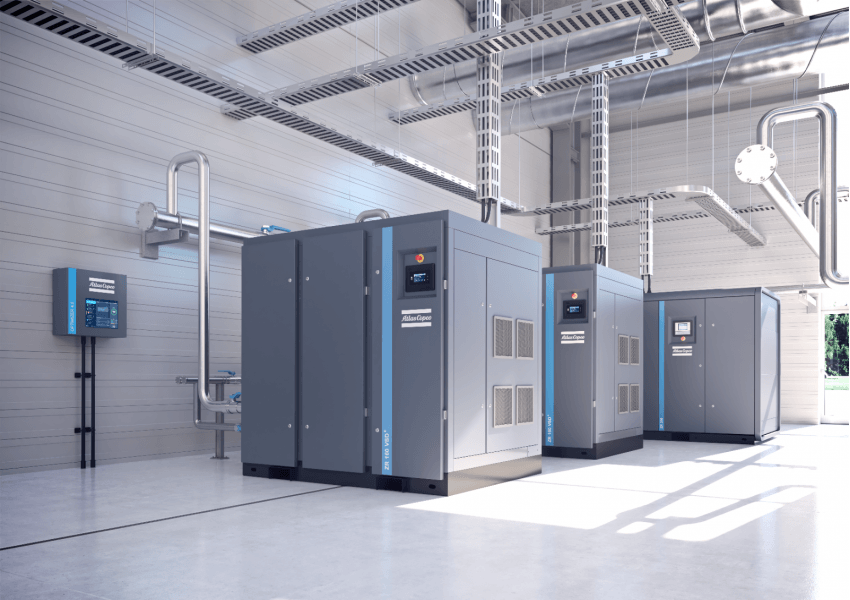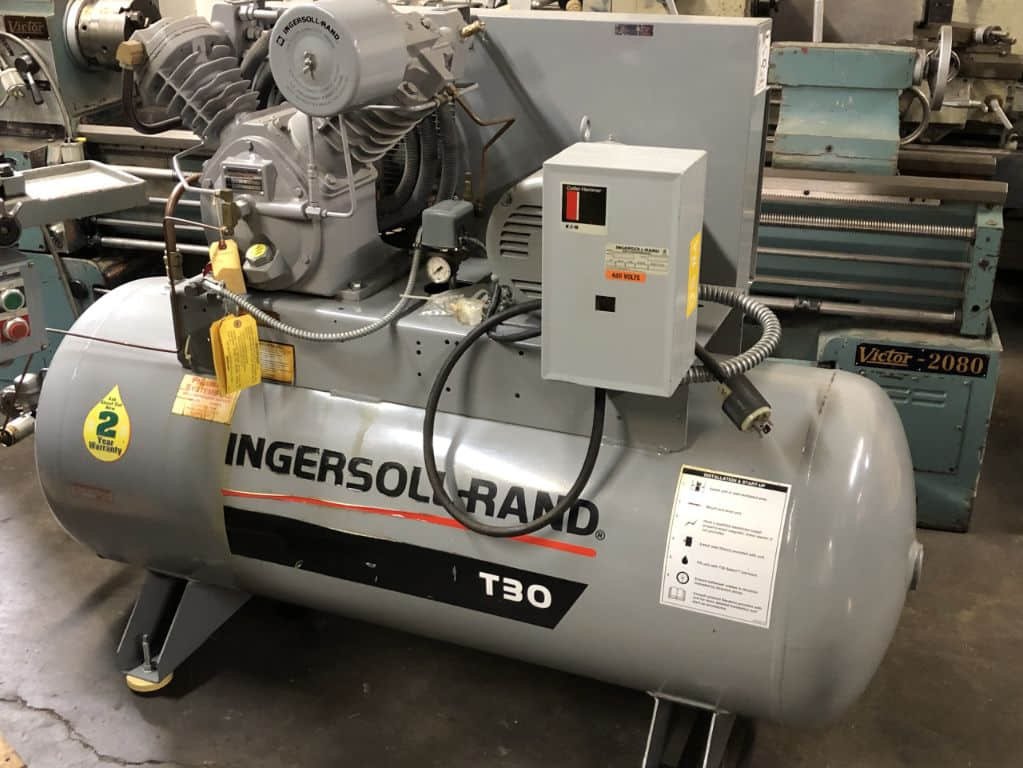A Guide to Troubleshooting and Repairing Common Technical Issues with Kaeser Air Compressors
Welcome to our comprehensive guide on troubleshooting and repairing common technical issues with Kaeser air compressors. Whether you are a professional technician or a DIY enthusiast, this article will provide you with valuable insights and step-by-step instructions to help you resolve any problems you may encounter. With our expertise and your determination, you’ll be able to keep your Kaeser air compressor running smoothly and efficiently.
1. Understanding the Basics: How Does a Kaeser Air Compressor Work?
Before we dive into troubleshooting, it’s essential to have a basic understanding of how a Kaeser air compressor operates. This knowledge will help you identify potential issues and make the troubleshooting process easier.
A Kaeser air compressor works by drawing in ambient air through an intake valve. The air is then compressed using a piston or a rotary screw mechanism, depending on the model. The compressed air is stored in a tank or receiver, ready to be used for various applications.
Common issues in this category include abnormal noises during operation, air leaks, and inadequate pressure. Let’s explore each of these problems and their possible solutions.
Abnormal Noises During Operation
If you notice unusual noises coming from your Kaeser air compressor, it could indicate a problem. Here are a few potential causes and their corresponding solutions:
- Loose components: Check all the nuts, bolts, and screws and tighten them if necessary.
- Worn-out bearings: Inspect the bearings and replace them if they show signs of wear.
- Damaged belts: Examine the belts for any signs of damage or wear and replace them if needed.
Air Leaks
Air leaks can significantly affect the performance of your Kaeser air compressor. Here’s how you can identify and fix them:
- Inspect the hoses and connections: Look for any visible cracks or loose connections and tighten or replace them accordingly.
- Use a soapy water solution: Apply the solution to the suspected areas, and if you see bubbles forming, it indicates a leak. Seal the leak using an appropriate sealant or replace the faulty component.
Inadequate Pressure
If your Kaeser air compressor is not delivering the required pressure, consider the following troubleshooting steps:
- Check the pressure regulator: Ensure that the pressure regulator is set to the desired level and adjust it if necessary.
- Inspect the air filter: A clogged or dirty air filter can restrict airflow, leading to inadequate pressure. Clean or replace the filter as needed.
- Examine the valves: Faulty valves can also cause pressure issues. Inspect the valves for any damage or debris and clean or replace them accordingly.
2. Maintaining Optimal Performance: Regular Maintenance Tips
Preventive maintenance is crucial to keep your Kaeser air compressor in top shape. By following these maintenance tips, you can minimize the occurrence of technical issues and extend the lifespan of your compressor:
- Regularly check and change the oil: Clean and fresh oil ensures smooth operation and prevents excessive wear. Refer to the manufacturer’s guidelines for the recommended oil change intervals.
- Clean or replace the air filter: A clean air filter promotes efficient airflow and prevents dust and debris from entering the compressor. Clean or replace the filter according to the manufacturer’s instructions.
- Inspect and tighten connections: Over time, vibrations can loosen connections. Regularly inspect and tighten all hoses, fittings, and electrical connections to prevent air leaks and electrical issues.
- Keep the compressor clean: Dust and debris can accumulate on the compressor, affecting its performance. Regularly clean the exterior and ensure proper ventilation to prevent overheating.
3. Frequently Asked Questions (FAQs)
Here are some frequently asked questions about troubleshooting and repairing Kaeser air compressors:
Q: How often should I change the oil in my Kaeser air compressor?
A: The oil change frequency depends on the model and usage. Refer to the manufacturer’s guidelines for specific recommendations. In general, it is recommended to change the oil every 500-1000 hours of operation.
Q: Why is my Kaeser air compressor not starting?
A: Several factors can cause this issue, including a faulty pressure switch, a tripped circuit breaker, or a malfunctioning motor. Check these components and consult the user manual for troubleshooting steps.
Q: How can I prevent air leaks in my Kaeser air compressor?
A: Regularly inspect and tighten all connections, use appropriate sealants when necessary, and ensure proper installation of components. Additionally, perform routine maintenance to identify and fix potential leaks early on.
Q: What should I do if my Kaeser air compressor overheats?
A: Overheating can be caused by various factors, such as insufficient ventilation, low oil levels, or a malfunctioning cooling system. Check these components and address any issues accordingly. It is also essential to follow the recommended duty cycle to prevent overheating.
Q: Can I use my Kaeser air compressor for painting?
A: Yes, Kaeser air compressors can be used for painting applications. However, ensure that you have the appropriate air filtration and pressure regulation systems in place to achieve the desired results.
Q: How can I reduce the noise level of my Kaeser air compressor?
A: To reduce noise, consider installing noise reduction enclosures or using sound-absorbing materials around the compressor. Additionally, regular maintenance, such as tightening loose components, can help minimize vibrations and noise.
By following this guide, you’ll be well-equipped to troubleshoot and repair common technical issues with your Kaeser air compressor. Remember to prioritize safety and consult professional assistance if needed. With proper maintenance and care, your Kaeser air compressor will continue to serve you reliably for years to come.




